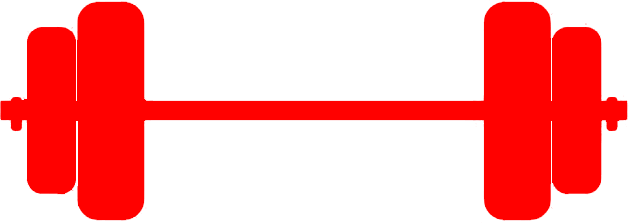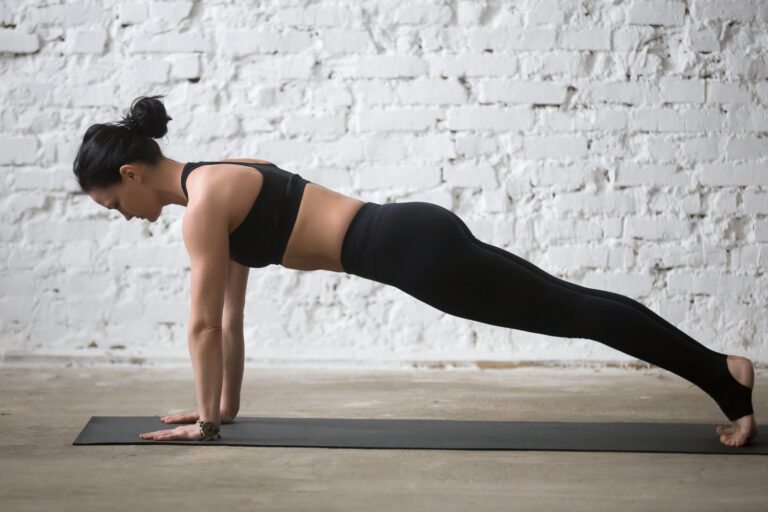What You Need To Know About The Mesomorph Body Type

Are you naturally muscular? Do you have broad shoulders and a narrow waist? Do you find it relatively easy to gain or lose weight? If you answered yes to these questions, you may have the mesomorph body type.
This physique is often referred to as an athletic build in both men and women. In the ATU mobile program it’s called an inverted isosceles triangle for men and an inverted triangle for women. Whatever you call it, it’s helpful to understand what your body type is so you can train and eat according to its unique characteristics, helping you maximize your fitness results.
The concept of body types, or somatotypes, was introduced by psychologist Dr. William Sheldon in the 1940s. Sheldon categorized people into the three main body types of ectomorph (thin, long, and lean with difficulty gaining muscle or fat), endomorph (soft, round, and prone to storing body fat), and mesomorph (naturally athletic, muscular, and responsive to physical training).
Here, we’ll dive into what it means to have a mesomorph body type so you can find out what you need to know about this body shape, including the kinds of workouts and diet that can help you reach your goals.

What Is a Mesomorph Body Type?
The mesomorph body type stands out as a balanced physique with a predisposition for muscle growth and strength. Mesomorphs typically have a broader chest, narrower waist, and well-defined muscles. All of this together makes them appear naturally fit and strong.
Common Characteristics of a Mesomorph Body Type
- Broad shoulders and narrow waist (V-shaped physique)
- Medium-sized bone structure and naturally muscular frame
- Ability to gain muscle and strength relatively quickly
- Moderate metabolism (relative ease with gaining or losing weight)
- Responsive to physical training and exercise
If you resonate with these traits, you likely fall into the mesomorph category. However, it’s important to note that many people exhibit a combination of body types rather than fitting perfectly into one.
Best Workouts for the Mesomorph Body Type
If you have a mesomorph body type, you’re in luck — your body naturally responds well to resistance training, cardio, and high-intensity exercises. Here’s how to structure your workout program for optimal results:
1. Strength Training
Focus on compound movements that work multiple muscle groups simultaneously. Strength training helps mesomorphs maintain muscle while burning fat.
- Frequency: 3-5 days per week
- Exercise examples: Squats, deadlifts, bench presses, pull-ups, and overhead presses
- Reps and Sets: 6-12 reps for 3-4 sets to build muscle and strength
2. Cardio Workouts
While mesomorphs build muscle easily, incorporating cardio is essential for maintaining a lean physique and heart health.
- Frequency: 2-3 days per week
- Best Cardio Options: HIIT (High-Intensity Interval Training), running, cycling, swimming, or rowing
- Duration: 20-30 minutes of moderate to high-intensity cardio
3. Flexibility and Mobility Training
Prevent injury and improve performance with yoga, stretching, or foam rolling sessions.
- Frequency: 1-2 days per week
- Benefits: Reduces stiffness, increases range of motion, and supports recovery
Diet Tips for the Mesomorph Body Type
No matter what body type you have, you’ll want to follow a diet that helps you achieve your goals, whether that’s building more muscle or losing fat. However, mesomorphs can follow these tips to keep them in line with building muscle and limiting excess fat storage.
1. Balanced Macronutrient Intake
Mesomorphs thrive on a balanced diet that includes a mix of protein, carbs, and healthy fats:
- Protein: 30-35% of daily calories (chicken, fish, lean meats, eggs, tofu, legumes)
- Carbohydrates: 40-50% of daily calories (whole grains, vegetables, fruits, sweet potatoes, quinoa)
- Healthy Fats: 20-30% of daily calories (avocados, nuts, seeds, olive oil, fatty fish)
2. Meal Timing
Here are some examples of how to balance your nutrition with your workouts:
- Pre-Workout: Carbs and protein for energy and muscle preservation
- Post-Workout: Protein and fast-digesting carbs to replenish glycogen and support recovery
- Snacks: High-protein snacks like Greek yogurt, protein shakes, or almonds
3. Calorie Control for Goals
Your ideal calorie intake depends on your fitness goals. Some examples include:
- Muscle Gain: Slight calorie surplus with high protein intake
- Fat Loss: Moderate calorie deficit with focus on clean eating
- Maintenance: Balanced calorie intake and regular activity







